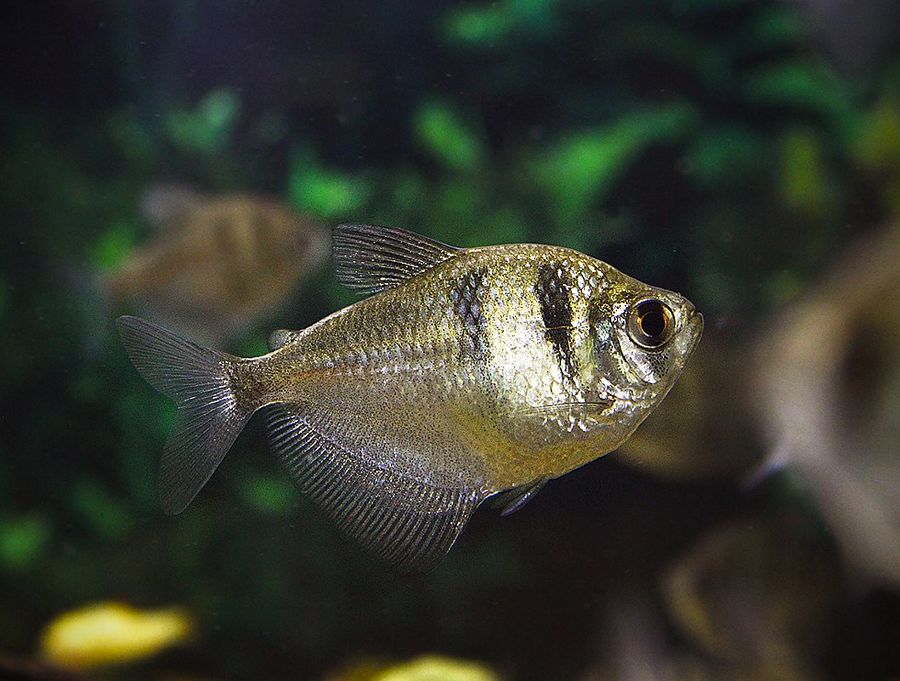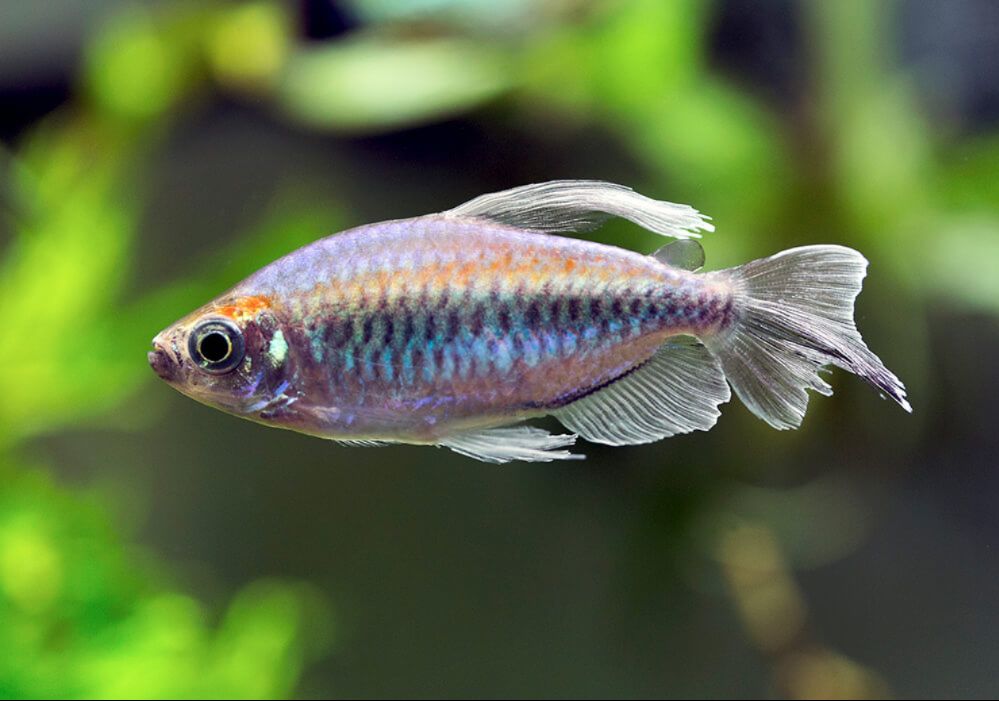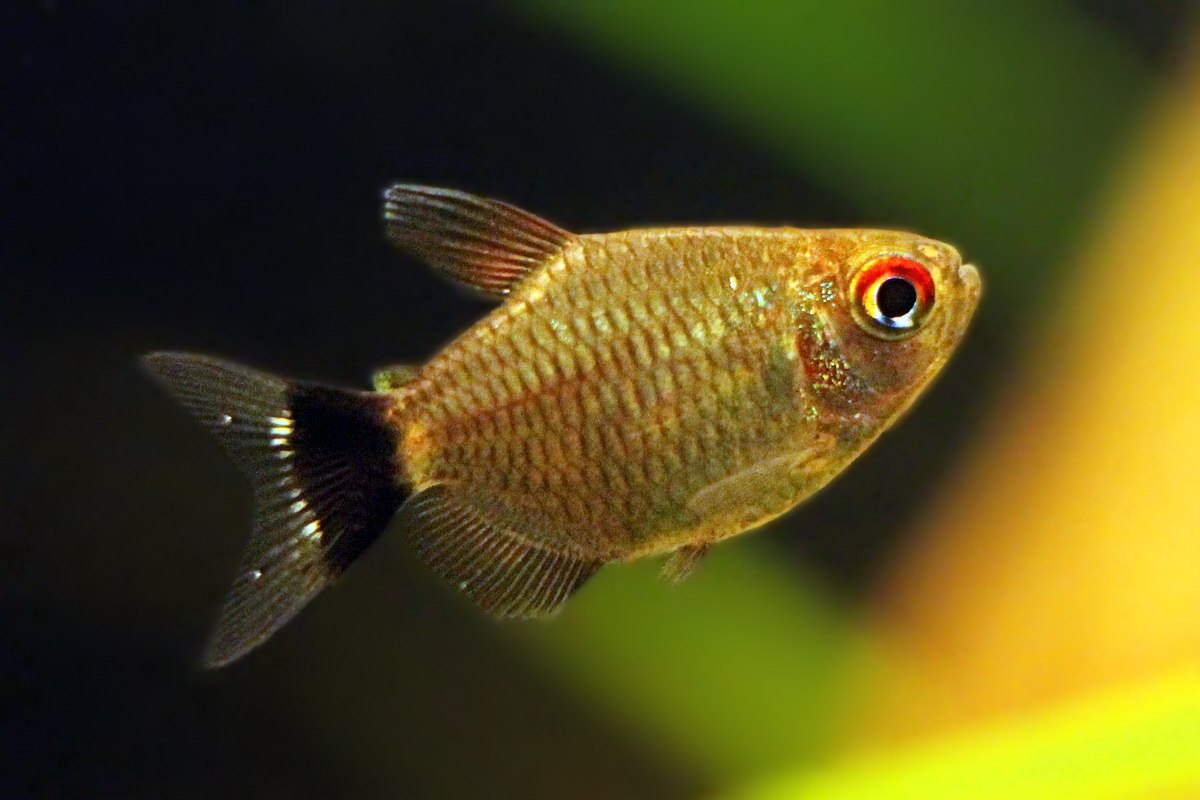The emperor tetra is a popular choice among freshwater aquarium enthusiasts due to its striking appearance and peaceful nature. This small, colorful fish thrives in community tanks, particularly those that are densely planted. A well-maintained aquarium not only enhances their vibrant colors but also provides the ideal environment for their natural behaviors.
To promote a healthy and thriving community, it’s best to keep emperor tetras in small schools of six or more. This grouping encourages social interactions and can even lead to breeding, making them an engaging addition to your aquarium.



